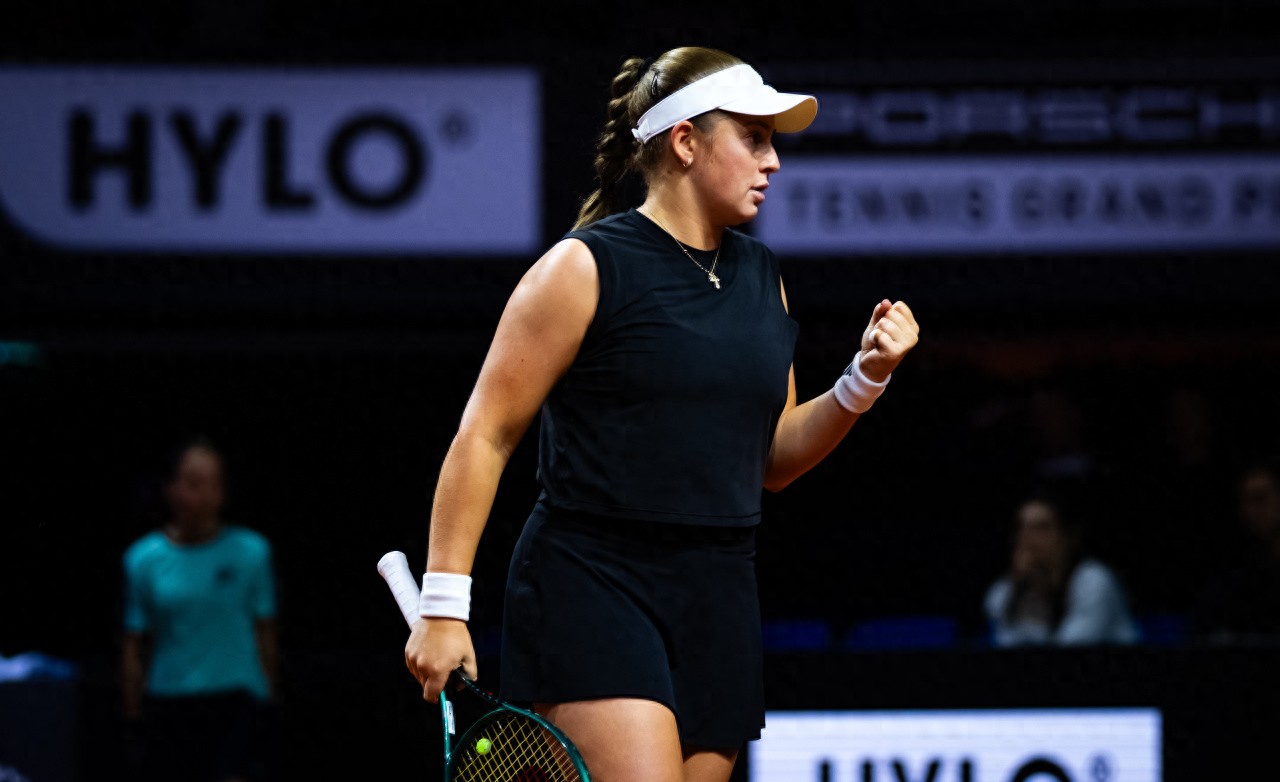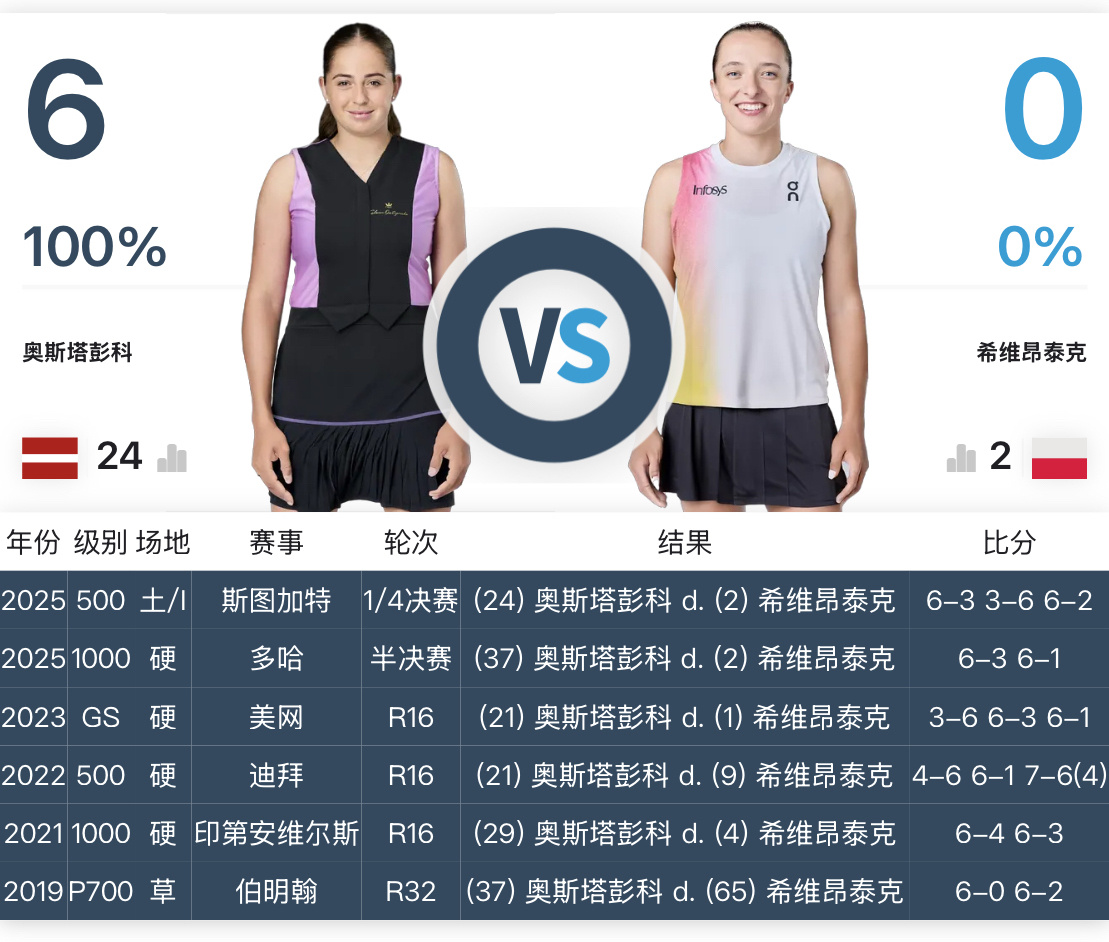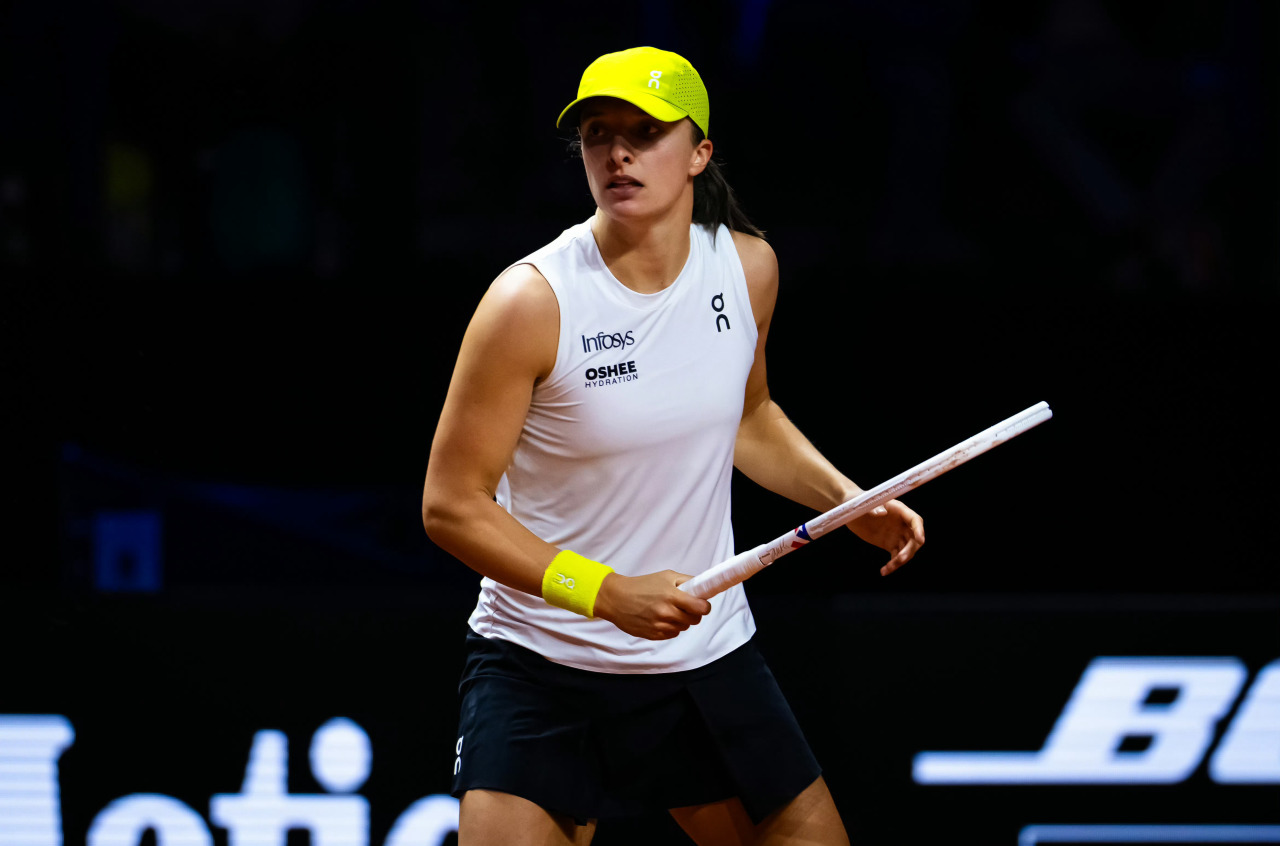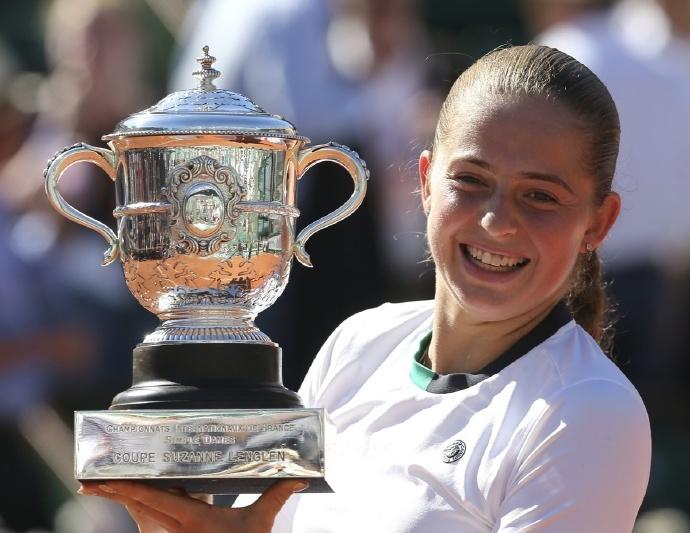Absolute nemesis! Stuttgart Ceostapenko has won six straight games against Swiatek
In the quarter-finals of the WTA 500 Stuttgart 2025, Latvia's Ostapenko defeated clay queen Swiatek 6-3 3-6 6-2 to rewrite the head-to-head record to a staggering 6-0. The result not only continued Ostapenko's saga against Swiatek, but also defeated the four-time French Open champion on clay for the first time. Behind this victory, it is not only a game at the technical level, but also an all-round contest of psychology, tactics and field adaptability.

Since their first meeting in 2019, Ostapenko's suppression of Swiatek has taken on the character of "all-court coverage": from grass to hard courts (e.g. US Open, Dubai, Indian Wells) to the clay in Stuttgart, she has destroyed Swiatek's defence with a stormy attack. In particular, Swiatek, the most dominant player on clay in women's tennis today (Triple French Open winner and trio clay winner), was beaten by Ostapenko for the first time on Stuttgart's "home turf".

Swiatek holds five Grand Slam titles and is consistently ranked in the top two in the world, while Ostapenko has only one French Open title in 2017 and has hovered around 20 for a long time. This kind of "absolute suppression of high-achieving players by low-achieving players" is extremely rare in the history of tennis, and even surpasses Nadal's "clay domination" against Federer, or Serena Williams's "psychological suppression" against Sharapova.
Ostapenko's restraint on Swiatek is essentially a collision of two extreme styles of play: the first is the difference in attacking style, Ostapenko is known for his "indiscriminate violent flat", and pursues the ultimate power and angle from the beginning of the serve, especially in the ability to hit the ball from the rise, compressing the opponent's reaction time. This style of play directly disrupted Swiatek's reliance on the "topspin rhythm", which required multiple beats to build an advantage, but Ostapenko tended to finish the score within three beats. Then there's the clay ability, where Swiatek's dominance on clay stems from his ability to slide and the bounce height of his topspin ball, but Ostapenko's flat shots bounce lower and faster on clay, forcing Swiatek to hit the ball frequently in the non-comfort zone. In the meeting between the two, Ostapenko made many unforced errors, but the proportion of winning points far exceeded that of his opponent. For example, in Stuttgart, her second serve rate was as high as 52%, while Swiatek's was only 40%. This "high risk, high reward" tactical choice hits the pain point of Swiatek's lack of versatile defensive means.

With a record of winning all six meetings, Ostapenko has become the "demon" of Swiatek's career. This psychological repression is reflected in several levels: for example, compared to Swiatek's hesitation and softness in key points, Ostapenko dared to give it a go; Swiatek's post-race blackface in Stuttgart, her indifference to the handshake, and her repeated references to "not recovering" and "too much stress" all reveal the psychological burden she has on her losing streak. Similar cases: For example, Serena Williams' 19-game winning streak against Sharapova often stems from the latter's psychological fear in addition to technical shortcomings. And Swiatek's losing streak against Ostapenko may have evolved from a simple "style of play" to a vicious circle of "self-doubt".

Although Swiatek is still in the prime of her career, her losing streak is likely to continue to expand if she fails to overcome the following bottlenecks: First, Swiatek's game lacks rhythm and relies heavily on topspin and baseline defense. In contrast, Ostapenko's secondary weapons such as cutting and placing small balls are not commonly used, but the occasional tactical change is enough to disrupt the opponent's deployment. As Henin once commented: "It is not only a single skill that makes a top player, but comprehensiveness." In terms of teams, Swiatek has yet to win any titles this season or even reach the final after a recent change of coaching team. It remains to be seen whether the new coach will be able to inject new tactical ideas into her, such as strengthening her training in front of the net or on the pitch. Ostapenko, who has been criticized for her form in the past, showed rare consistency at Stuttgart, notably beating Swiatek for the first time on clay, marking a further solidification of her status as a "nemesis".

It is worth noting that due to the lack of superstar-level players such as Serena Williams and Sava in today's women's tennis, in the past two years, they have particularly relied on "signing" to attract topical attention, such as Swiatek's upset loss to Noskova at the Australian Open last year, and the subsequent multi-tournament organizing committee deliberately arranged them together in the draw table, and the same is true for Collins. In addition, Zheng Qinwen and Samsonova and Potapova are in the same situation. And Ostapenko's absolute advantage against Swiatek is bound to attract the attention of the organizing committees of major tournaments, and Swiatek's situation in the next Madrid, Rome and even the French Open draw is not optimistic.

Ostapenko's six-game winning streak against Swiatek is not only a triumph of personal style, but also reveals the brutal aesthetic of tennis, which transcends the linear logic of rankings and achievements to become a classic case of technical, psychological and serendipity. For Swiatek, breaking this spell requires not only tactical innovation, but also a psychological rebirth. Ostapenko, on the other hand, used a domineering declaration of "I also won the French Open" to announce to the world: she is by no means a short-lived "nerve knife", but a real Grand Slam-level assassin.(Source: Tennis Home Author: Xiaodi)







 Links
Links
 Contact
Contact
 App
App


